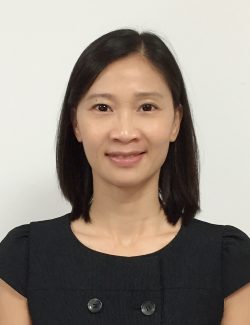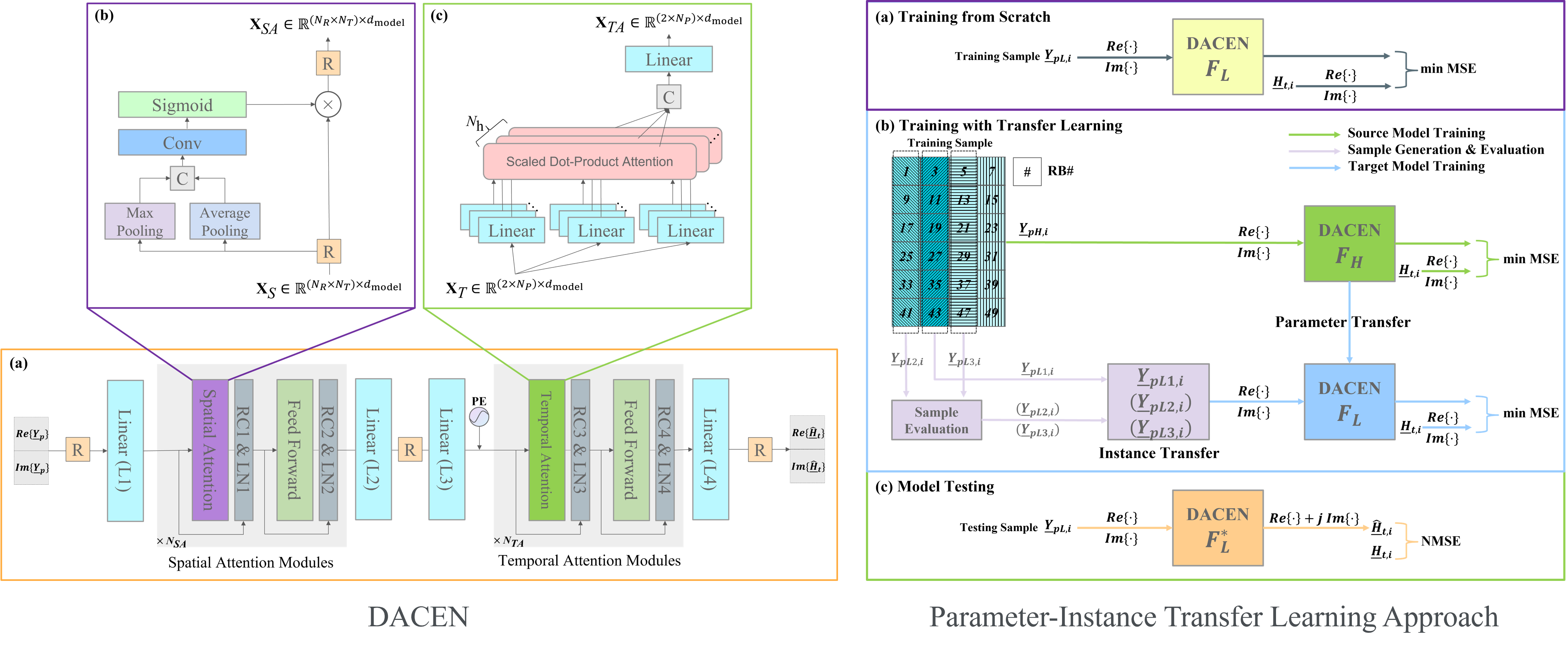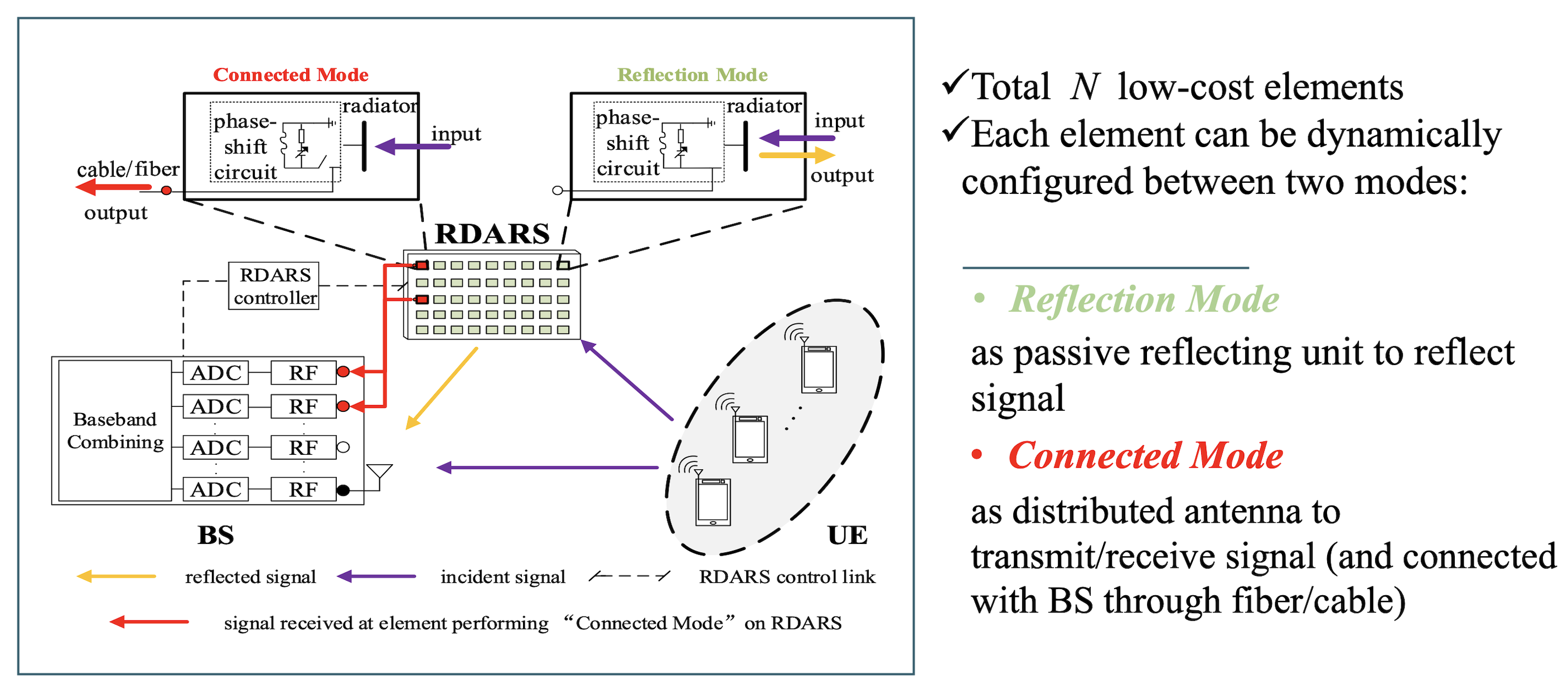



Shaodan MA 馬少丹
Professor
Associate Director, State Key Laboratory of Internet of Things for Smart City
Department of Electrical and Computer Engineering, Faculty of Science and Technology
University of Macau
- shaodanma@um.edu.mo
- +853 - 8822 8470
- +853 - 8822 2426
- Room 3047, Building E11, University of Macau, Avenida da Universidade, Taipa, Macau, China
Latest Highlights
- 1. AI-empowered Wireless Communications
- Channel estimation for massive MIMO systems with low density pilots
- Binggui Zhou, Xi Yang, Shaodan Ma, Feifei Gao and Guanghua Yang, “Pay Less But Get More: A Dual-Attention-based Channel Estimation Network for Massive MIMO Systems with Low-Density Pilots”, IEEE Transactions on Wireless Communications, vol. 23(6), pp. 6061-6076, June 2024
A dual-attention-based channel estimation network (DACEN) is proposed to realize accurate channel estimation via low-density pilots, by jointly learning the spatial-temporal domain features of massive MIMO channels with the temporal attention module and the spatial attention module. To further improve the estimation accuracy, a parameter-instance transfer learning approach is also proposed to transfer the channel knowledge learned from the high-density pilots pre-acquired during the training dataset collection period. Experimental results reveal that the proposed DACEN-based method achieves better channel estimation performance than the existing methods under various pilot-density settings and signal-to-noise ratios. Additionally, with the proposed parameter-instance transfer learning approach, the DACEN-based method achieves additional performance gain, thereby further demonstrating the effectiveness and superiority of the proposed method.

- 2. A New Architecture: Reconfigurable Distributed Antennas and Reflecting Surface (RDARS)
- C. Ma, X. Yang, J. Wang, G. Yang, W. Zhang, and S. Ma, “Reconfigurable distributed antennas and reflecting surface : A new architecture for wireless communications,” arXiv preprint arXiv:2303.06950, 2023 (accepted by IEEE Transactions on Communications)
- A flexible and reconfigurable combination of distributed antennas and reflecting surface.
- Each element on RDARS flexibly switching between passive reflecting surface and active transmitting/receiving antenna.
- Providing substantial performance gain by combating “multiplicative fading”.
- Controllable trade-off leveraging both “reflection gain” and “distribution gain”.
- Strong practicability and high transparency to users.
- Offering new paradigm for integrated sensing and communication.
- More to be exploited …
- C. Ma, X. Yang, J. Wang, G. Yang, W. Zhang, and S. Ma, “Reconfigurable distributed antennas and reflecting surface : A new architecture for wireless communications,” arXiv preprint arXiv:2303.06950, 2023 (accepted by IEEE Transactions on Communications)
- Architecture of RDARS:

- Demo: RDARS-aided Integrated Sensing and Communication (ISAC)
- Uplink data transmission from UE to BS
- Two-step UE positioning:
- RDARS beam sweeping to determine the UE direction according to the maximal received signal power at the BS (exploiting the reflection gain)
- UE range estimation based on the received signal powers at the BS and the connected elements at the RDARS (exploiting the connection gain)
Jintao Wang, Chengwang Ji, Jiajia Guo, Shaodan Ma, “Demo: Reconfigurable Distributed Antennas and Reflecting Surface (RDARS)-aided Integrated Sensing and Communication System”, accepted by IEEE/CIC International Conference on Communications in China (ICCC), Dalian, China, 2023
- 3. Millimeter Wave Massive MIMO Prototyping System
We have built a millimeter wave massive MIMO prototyping system which consists of a base station with massive antennas and multiple single/multi-antenna mobile users. The prototyping system is scalable and flexible by building the baseband processing modules into software-defined radios. It supports custom-defined functions/algorithms realization and various application verifications, such as artificial intelligence-aided beam training/tracking, ultra-reliable communication, integrated sensing and communication (ISAC), and so on. Details can be found in the research page.

- Demo: Vision-aided multi-user sensing and communications
- Demo: Vision-aided multi-user sensing and communications
Copyright © 2021 Shaodan Ma